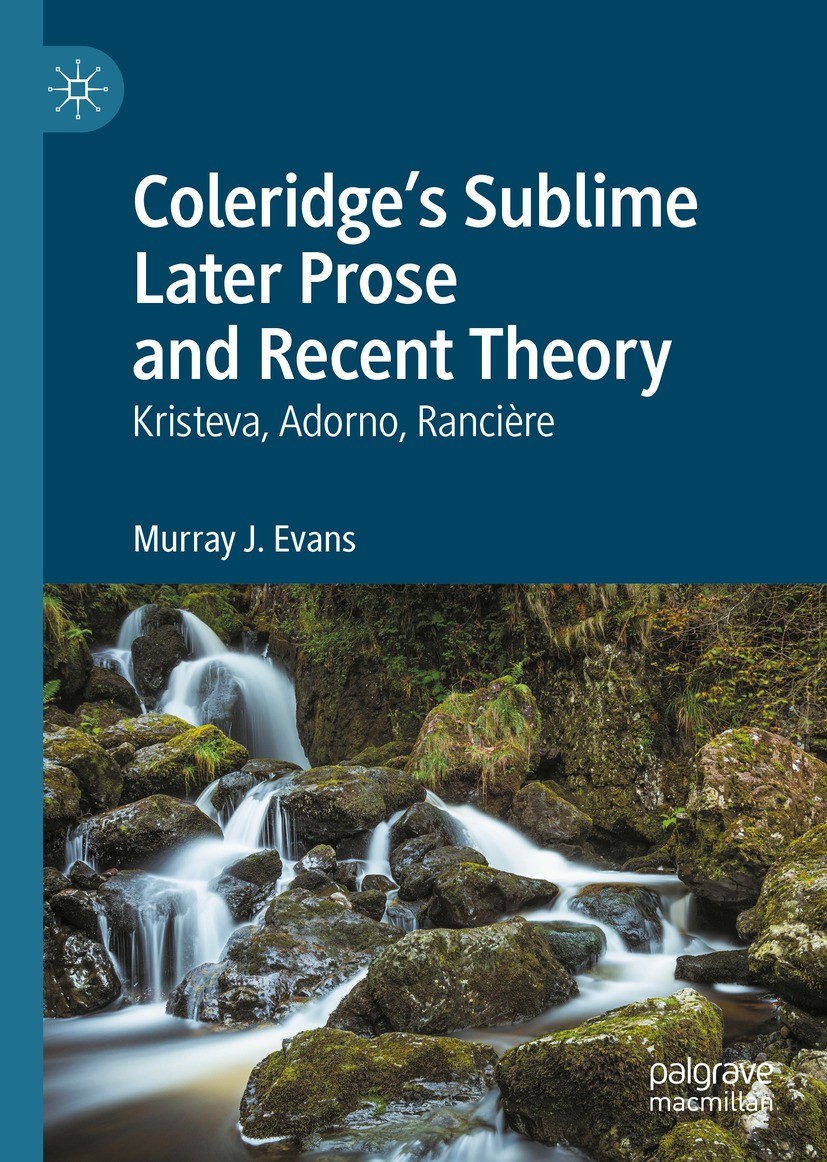
Links to the National Trust for opening times and events at Coleridge Cottage
To visit the National Trust website Click here
A brief history of Coleridge Cottage
Samuel Taylor Coleridge lived in Nether Stowey from 1797 to 1800. The cottage in Lime Street, in which he wrote some of his most famous poetry, was built in the 17th century; it had a parlour, a kitchen and a service room on the ground floor, and three corresponding bedchambers above.
All these rooms survive today. When Coleridge arrived, the original kitchen had been converted to a second parlour and Sara used the service room for cooking. The 'nice well of fine spring water' which Coleridge noted also survives in a courtyard behind the building. So too does part of the long garden behind the cottage, from which a gateway gave access to the garden of his beloved friend Tom Poole with its 'lime tree bower'.
The cottage was refurbished in 1800, and it was probably then that the present sash windows replaced the former casements. In the 19th century it was enlarged when it became Moore's Coleridge Cottage Inn.
The cottage was acquired for the nation in 1908 by a group of scholars and enthusiasts, and the following year it was handed over to the National Trust. Click here to read the story of the campaign to acquire Coleridge Cottage.
The latest 2011 redevelopment was carried out by the National Trust with financial support from Viridor Credits, the Quantock Centre, The Friends of Coleridge, and ALRC.
When you visit Coleridge Cottage …
- You are welcome to pick things up for a closer look, rummage in drawers, sit on chairs, and imagine yourself as Coleridge’s guest
- See the kitchen with typical examples of the kinds of kitchen furniture and equipment that Sara Coleridge would have used
- Stand by the fire in the Second Parlour where Coleridge wrote his famous poem Frost at Midnight
- Browse the exhibition room containing Coleridge memorabilia and portraits. These include letters and manuscripts, the poet’s inkstand and locks of his hair
- Find out more about Coleridge’s poetry and the birth of the Romantic movement in the Interpretation Room. Write a poem of your own using a quill pen
- Wander in the garden which has been planted with wild flowers. Sit in the shade of a lime-tree bower, made from material coppiced in the Quantock woods





